বাংলাদেশি তরুণদের বিজ্ঞানের পথে অনুপ্রেরণা জোগাচ্ছেন ড. মৌসুমী সামাদ। সম্প্রতি তিনি জাপানের সাইতামা বিশ্ববিদ্যালয় থেকে পিএইচডি সম্পন্ন করেছেন। তিনি বর্তমানে বাংলাদেশ আর্মি ইউনিভার্সিটি অব ইঞ্জিনিয়ারিং অ্যান্ড টেকনোলজি (BAUET)-এর সহকারী অধ্যাপক হিসেবে কর্মরত, তবে এখন শিক্ষা ছুটিতে জাপানে অবস্থান করছেন। তার গবেষণার মূল ক্ষেত্র কোয়ান্টাম আলো ব্যবহার করে বায়োমেডিক্যাল ইমেজিং-এর জন্য নতুন ধরনের সুপার-রেজোলিউশন মাইক্রোস্কোপি তৈরি করা।
এই সাক্ষাৎকারে তিনি শেয়ার করেছেন তার গবেষণা, অভিজ্ঞতা, চ্যালেঞ্জ ও ভবিষ্যৎ প্রজন্মের জন্য কিছু মূল্যবান পরামর্শ।
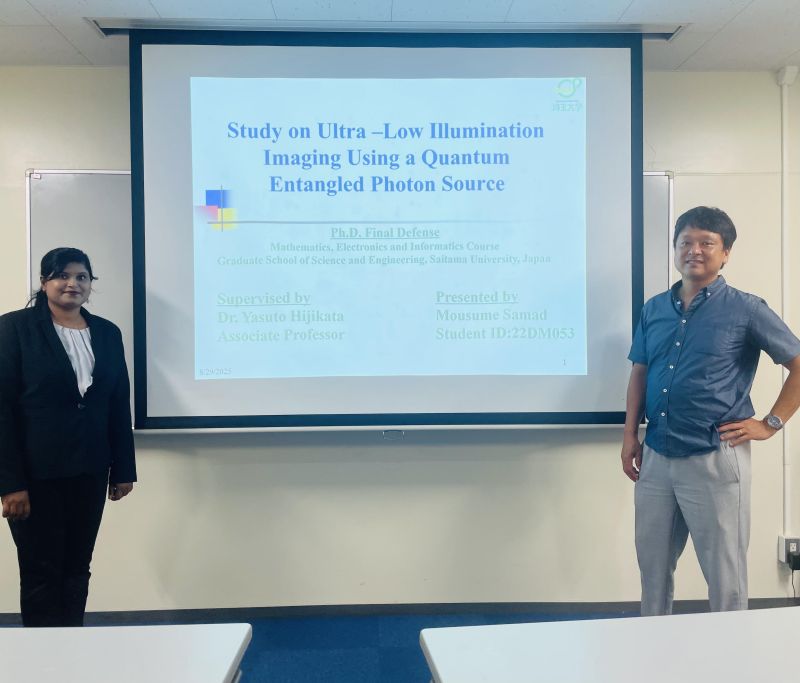
প্রশ্ন: প্রথমেই নিজের পরিচয় দিন।
আমি মৌসুমী সামাদ। সম্প্রতি জাপানের সাইতামা বিশ্ববিদ্যালয় থেকে পিএইচডি সম্পন্ন করেছি। বর্তমানে আমি বাংলাদেশ আর্মি ইউনিভার্সিটি অব ইঞ্জিনিয়ারিং অ্যান্ড টেকনোলজি (BAUET)-এর সহকারী অধ্যাপক হিসেবে কর্মরত আছি এবং এখন শিক্ষা ছুটিতে জাপানে অবস্থান করছি। আমার গবেষণার মূল ক্ষেত্র হলো কোয়ান্টাম আলো ব্যবহার করে বায়োমেডিক্যাল ইমেজিংয়ের জন্য সুপার-রেজোলিউশন মাইক্রোস্কোপির উন্নয়ন। গবেষণার বাইরে আমি স্বেচ্ছাসেবামূলক কাজ করতে ভালোবাসি এবং শিক্ষার্থীদের দিকনির্দেশনা দিতে আনন্দ পাই। ব্যক্তিগতভাবে আমার শখ হলো ঘর গোছানো ও সৃজনশীল কাজে নিজেকে ব্যস্ত রাখা।
প্রশ্ন: আপনার গবেষণার মূল বিষয় কী?
আমার গবেষণার লক্ষ্য হলো অতিক্ষুদ্র জিনিসকে আরও স্পষ্টভাবে দেখা। আমরা জানি, প্রচলিত মাইক্রোস্কোপ দিয়ে কোষ বা টিস্যুর ভেতরের সূক্ষ্ম গঠন সবসময় স্পষ্টভাবে দেখা যায় না, কারণ আলো দিয়ে দেখার একটি সীমা আছে। আমি যে প্রযুক্তি নিয়ে কাজ করেছি, সেটি হলো কোয়ান্টাম আলো ব্যবহার করে ছবি তৈরি করা। সাধারণ আলো আর কোয়ান্টাম আলো এক নয়—কোয়ান্টাম আলো অনেক বেশি সংবেদনশীল এবং বিশেষ বৈশিষ্ট্যযুক্ত। এর ফলে এমন সূক্ষ্ম গঠন ধরা যায় যা সাধারণ আলোতে সম্ভব নয়। সহজভাবে বললে, আমার গবেষণার উদ্দেশ্য হলো একটি নতুন ধরনের মাইক্রোস্কোপ তৈরি করা যা খুব অল্প আলো ব্যবহার করেও জীবন্ত কোষ বা টিস্যুর ভেতরের সূক্ষ্ম গঠন পরিষ্কারভাবে দেখাতে পারে। এর মাধ্যমে ভবিষ্যতে ডাক্তার বা বিজ্ঞানীরা রোগ নির্ণয় আরও ভালোভাবে করতে পারবেন এবং জীববিজ্ঞানের গবেষণায় নতুন দিগন্ত উন্মোচিত হবে।
প্রশ্ন: এই গবেষণা আমাদের কীভাবে উপকৃত করবে?
আমার গবেষণার বাস্তব প্রয়োগ চিকিৎসা ও জীববিজ্ঞানের গবেষণায় নতুন সুযোগ তৈরি করবে। সাধারণ মাইক্রোস্কোপ দিয়ে অনেক সময় কোষ বা টিস্যুর ভেতরের সূক্ষ্ম পরিবর্তন ধরা যায় না, ফলে রোগের প্রাথমিক পর্যায়ে সঠিকভাবে শনাক্ত করা কঠিন হয়ে পড়ে। কোয়ান্টাম আলো ব্যবহার করে তৈরি মাইক্রোস্কোপ খুব অল্প আলোতে কাজ করতে সক্ষম, যা জীবন্ত কোষকে ক্ষতি না করেই তাদের ভেতরের সূক্ষ্ম গঠন প্রদর্শন করতে পারে। ভবিষ্যতে এই প্রযুক্তি ব্যবহার করে ডাক্তাররা ক্যানসারসহ জটিল রোগ দ্রুত ও সঠিকভাবে শনাক্ত করতে পারবেন। একই সঙ্গে বিজ্ঞানীরাও জীববিজ্ঞানের অজানা রহস্য উদঘাটনে এই প্রযুক্তি কাজে লাগাতে পারবেন।
প্রশ্ন: আপনার গবেষণা জীবনের কোনো বিশেষ অভিজ্ঞতা আমাদের সাথে শেয়ার করবেন?
আমার গবেষণার সবচেয়ে বড় অভিজ্ঞতা হলো আমি আমার ল্যাবে প্রথম আন্তর্জাতিক এবং একমাত্র পিএইচডি শিক্ষার্থী ছিলাম। শুরুতে ভাষা, নতুন পরিবেশ ও গবেষণার চ্যালেঞ্জ আমাকে কঠিন অবস্থার মুখোমুখি করেছিল। কিন্তু ধৈর্য ধরে চেষ্টা করার ফলে ধীরে ধীরে মানিয়ে নিতে সক্ষম হয়েছি এবং শেষ পর্যন্ত সফলভাবে গবেষণা সম্পন্ন করেছি। এই অভিজ্ঞতা আমাকে শিখিয়েছে—ধৈর্য, চেষ্টা ও সাহস থাকলে যেকোনো চ্যালেঞ্জ অতিক্রম করা সম্ভব।
প্রশ্ন: একজন বিজ্ঞানীর জন্য কোন গুণগুলো জরুরি?
আমার মতে, একজন বিজ্ঞানীর জন্য সবচেয়ে গুরুত্বপূর্ণ গুণ হলো কৌতূহল। নতুন কিছু জানতে ও বুঝতে আগ্রহী হতে হবে। ধৈর্যও অপরিহার্য, কারণ গবেষণায় সব সময় কাঙ্ক্ষিত ফল পাওয়া যায় না। সৃজনশীলতা ও সমস্যা সমাধানের ক্ষমতাও প্রয়োজন। এছাড়া সততা, সতর্কতা এবং নিজের কাজ অন্যের সঙ্গে ভাগ করে নেওয়ার মানসিকতা জরুরি। সহজভাবে বললে, একজন বিজ্ঞানীকে কৌতূহলী, ধৈর্যশীল, সৃজনশীল ও সহযোগিতামূলক হতে হবে।
প্রশ্ন: বাংলাদেশের তরুণ শিক্ষার্থীদের জন্য আপনার বার্তা কী?
আমার বার্তা হলো—ধৈর্য, কৌতূহল এবং আত্মবিশ্বাস কখনো হারাবেন না। শুরুতে অনেক চ্যালেঞ্জ থাকবে, নতুন প্রযুক্তি শেখা কঠিন লাগবে। কিন্তু ছোট ছোট প্রচেষ্টা আর অধ্যবসায়ই একদিন আপনাকে সফল করে তুলবে।
📧 যোগাযোগ: [email protected]
🔗 গবেষণা কাজের লিংক: Google Scholar
শেষকথা
ড. মৌসুমী সামাদের গল্প আমাদের শিখিয়ে দেয়, সঠিক কৌতূহল ও দৃঢ় প্রচেষ্টা থাকলে বৈজ্ঞানিক গবেষণার জগতে বাংলাদেশি শিক্ষার্থীরাও আন্তর্জাতিক অঙ্গনে সাফল্য দেখাতে পারে। তার কোয়ান্টাম আলোকভিত্তিক মাইক্রোস্কোপি নিয়ে কাজ ভবিষ্যতের চিকিৎসা প্রযুক্তিতে এক নতুন দিগন্ত উন্মোচন করতে পারে। তরুণ শিক্ষার্থীদের জন্য তিনি শুধু গবেষণার দিকনির্দেশক নন, বরং অধ্যবসায় ও আত্মবিশ্বাসের এক অনন্য উদাহরণ।
📖 প্রযুক্তিগত পরিভাষার সংক্ষিপ্ত ব্যাখ্যা
কোয়ান্টাম আলো (Quantum Light):
আলোর বিশেষ এক ধরনের রূপ, যেখানে আলোর কণাগুলো (ফোটন) কোয়ান্টাম মেকানিক্সের নিয়মে সাজানো থাকে। এটি সাধারণ আলো থেকে অনেক বেশি সংবেদনশীল এবং নির্ভুলভাবে ক্ষুদ্র পরিবর্তন শনাক্ত করতে পারে।
সুপার-রেজোলিউশন মাইক্রোস্কোপি (Super-Resolution Microscopy):
একটি বিশেষ প্রযুক্তি যা প্রচলিত আলোক মাইক্রোস্কোপের সীমা ভেঙে কোষ ও টিস্যুর ভেতরের সূক্ষ্ম গঠন দেখা সম্ভব করে। এর মাধ্যমে অনেক ক্ষুদ্র অণু বা গঠন পরিষ্কারভাবে দেখা যায়।
বায়োমেডিক্যাল ইমেজিং (Biomedical Imaging):
চিকিৎসা ও জীববিজ্ঞানে শরীরের ভেতরের গঠন বা কার্যপ্রক্রিয়া ছবি আকারে দেখানোর প্রযুক্তি। যেমন—এক্স-রে, এমআরআই, বা বিশেষ মাইক্রোস্কোপ।
কোষ (Cell):
জীবন্ত প্রাণীর ক্ষুদ্রতম একক। প্রতিটি জীব কোষ দ্বারা গঠিত এবং কোষের ভেতরে নানা অঙ্গাণু থাকে, যা জীবনের মৌলিক কাজগুলো সম্পন্ন করে।
টিস্যু (Tissue):
একই ধরনের কোষ একসাথে মিলিত হয়ে টিস্যু তৈরি করে। যেমন—পেশি টিস্যু, স্নায়ু টিস্যু।
Quantum Light Microscopy: Research Journey of Dr. Mousume Samad
Bangladeshi scientist Dr. Mousume Samad has recently completed her PhD at Saitama University, Japan. She is currently an Assistant Professor at the Bangladesh Army University of Engineering and Technology (BAUET), though she is now on study leave in Japan. Her research focuses on developing a new kind of super-resolution microscopy for biomedical imaging using quantum light.
In this interview, she shares her research, experiences, challenges, and some valuable advice for young students.
Q: To begin with, please introduce yourself.
I am Dr. Mousume Samad. I have recently completed my PhD at Saitama University in Japan. At present, I work as an Assistant Professor at the Bangladesh Army University of Engineering and Technology (BAUET), though I am now on study leave and residing in Japan. My research focuses on developing super-resolution microscopy for biomedical imaging using quantum light. Beyond research, I enjoy volunteering and guiding students. Personally, I like organizing my home and keeping myself busy with creative activities.
Q: What is the main focus of your research?
The goal of my research is to see extremely small objects more clearly. As we know, conventional microscopes in biology cannot always reveal the fine internal structures of cells or tissues, because there is a limit to what can be seen with normal light.
The technology I worked on uses quantum light to create images. Quantum light is different from ordinary light—it is more sensitive and has special properties. This allows us to see structures that are otherwise invisible with conventional light.
Simply put, my research aims to build a new type of microscope that can clearly reveal the fine internal structures of living cells or tissues using very little light. This could allow doctors and scientists to diagnose diseases more effectively and open new avenues for biological research.
Q: How can your research benefit society?
My research is important because it can create new opportunities in medicine and biological science. Conventional microscopes often cannot capture subtle changes inside cells or tissues, making it difficult to detect diseases at early stages.
Microscopes based on quantum light can work with very little illumination, which means we can observe living cells without damaging them. In the future, doctors could use this technology to detect complex diseases such as cancer more quickly and accurately. At the same time, scientists will be able to uncover many unknown mysteries of biology.
Q: Could you share any special experiences from your research journey?
One of the most memorable experiences during my PhD was being the first international and only doctoral student in my lab. At first, it was very challenging—the language, the new environment, and the research work were all unfamiliar. But with patience and perseverance, I gradually adapted and managed to complete my research successfully. This experience taught me that with patience, effort, and courage, any challenge can be overcome.
Q: What qualities do you think are essential for a scientist?
In my opinion, the most important quality for a scientist is curiosity—the eagerness to learn and understand new things. Patience is also essential, because research does not always yield immediate results. A scientist must be creative and skilled at solving problems. Moreover, honesty, carefulness, and the ability to share and collaborate with others are equally important. To put it simply: a scientist must be curious, patient, creative, and collaborative in order to discover new knowledge and solve problems.
Q: What message would you like to give to young students in Bangladesh who want to pursue science?
My message is: never lose patience, curiosity, or self-confidence. At the beginning, there will be many challenges, and learning new technologies may seem difficult. But small, consistent efforts and perseverance will eventually lead you to success.
📧 Contact: [email protected]
🔗 Research Link: Google Scholar
The story of Dr. Mousume Samad reminds us that with the right curiosity and determination, Bangladeshi students can excel in scientific research on the global stage. Her work on quantum light microscopy has the potential to open a new chapter in medical technology and disease detection. For young students, she is not only a researcher but also an inspiring example of perseverance and confidence.

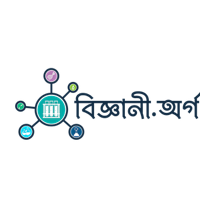
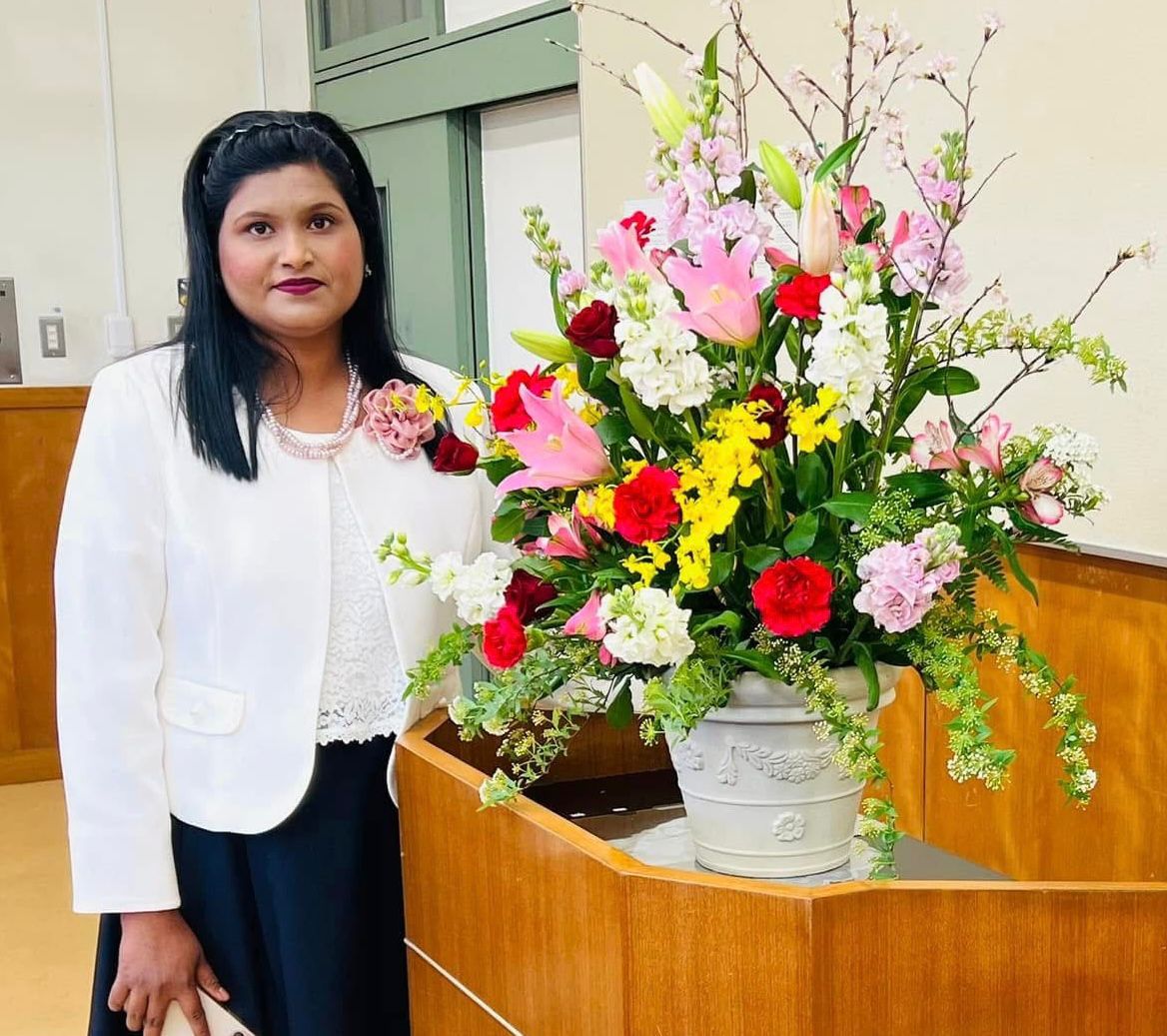

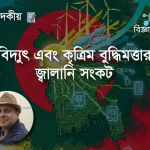

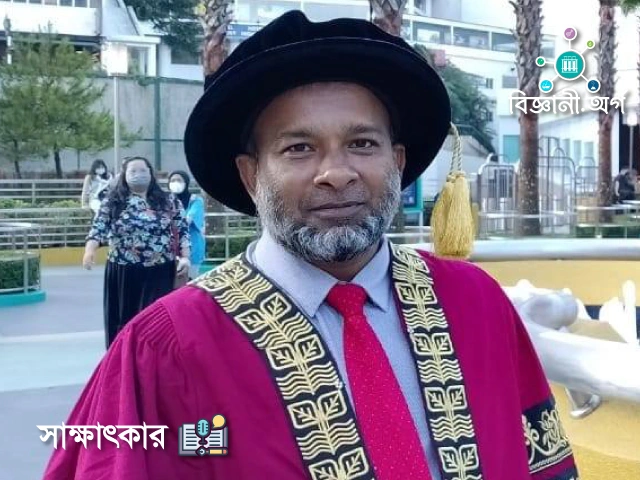
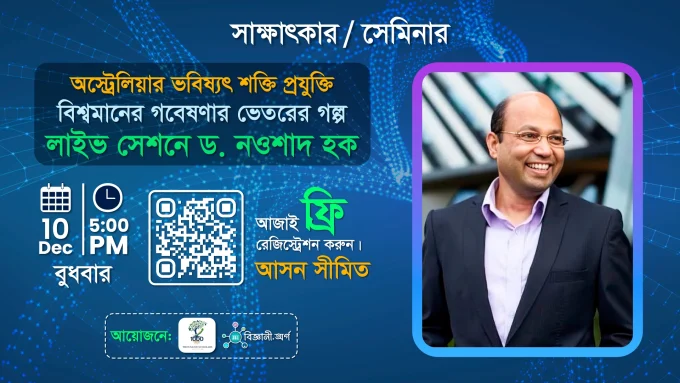
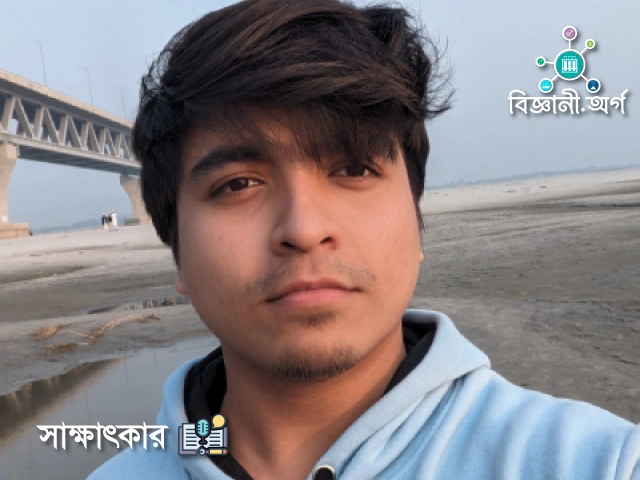
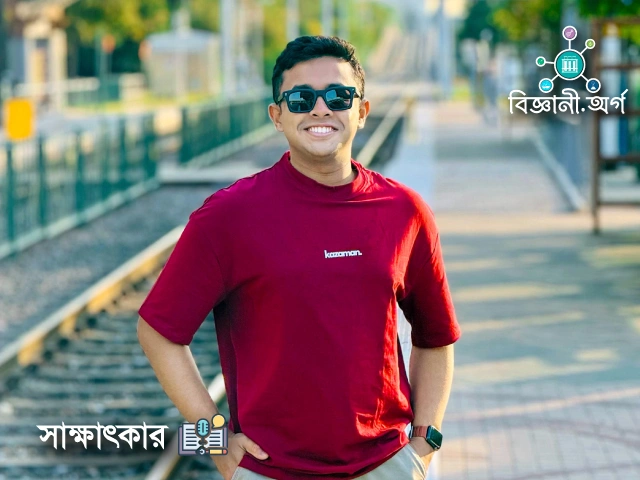
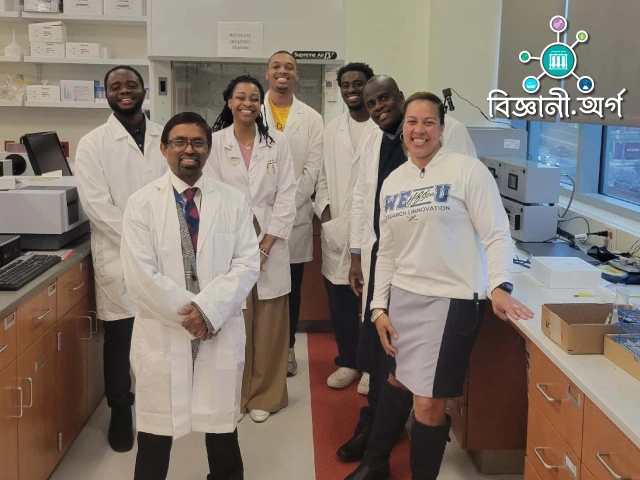
Leave a comment